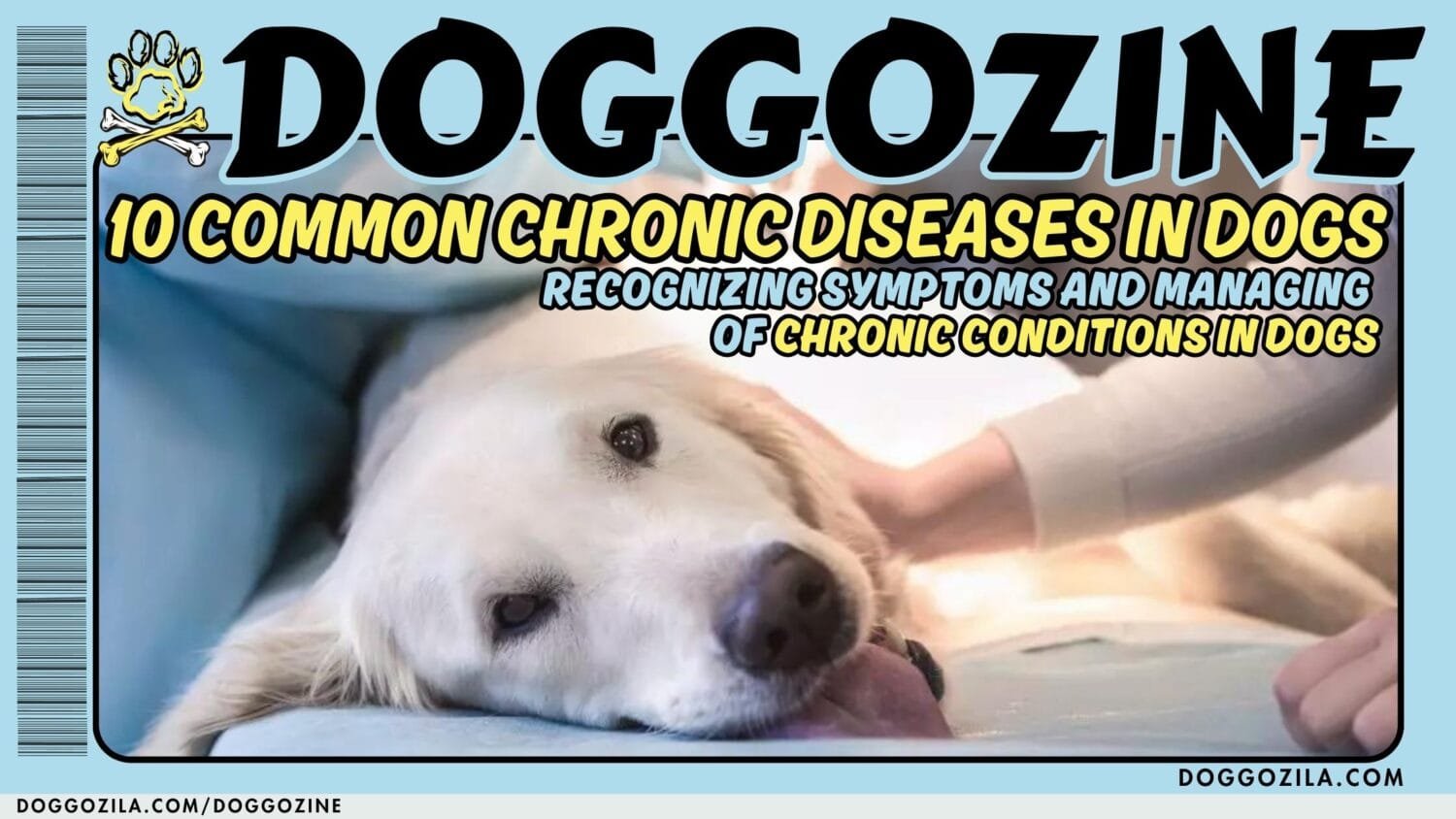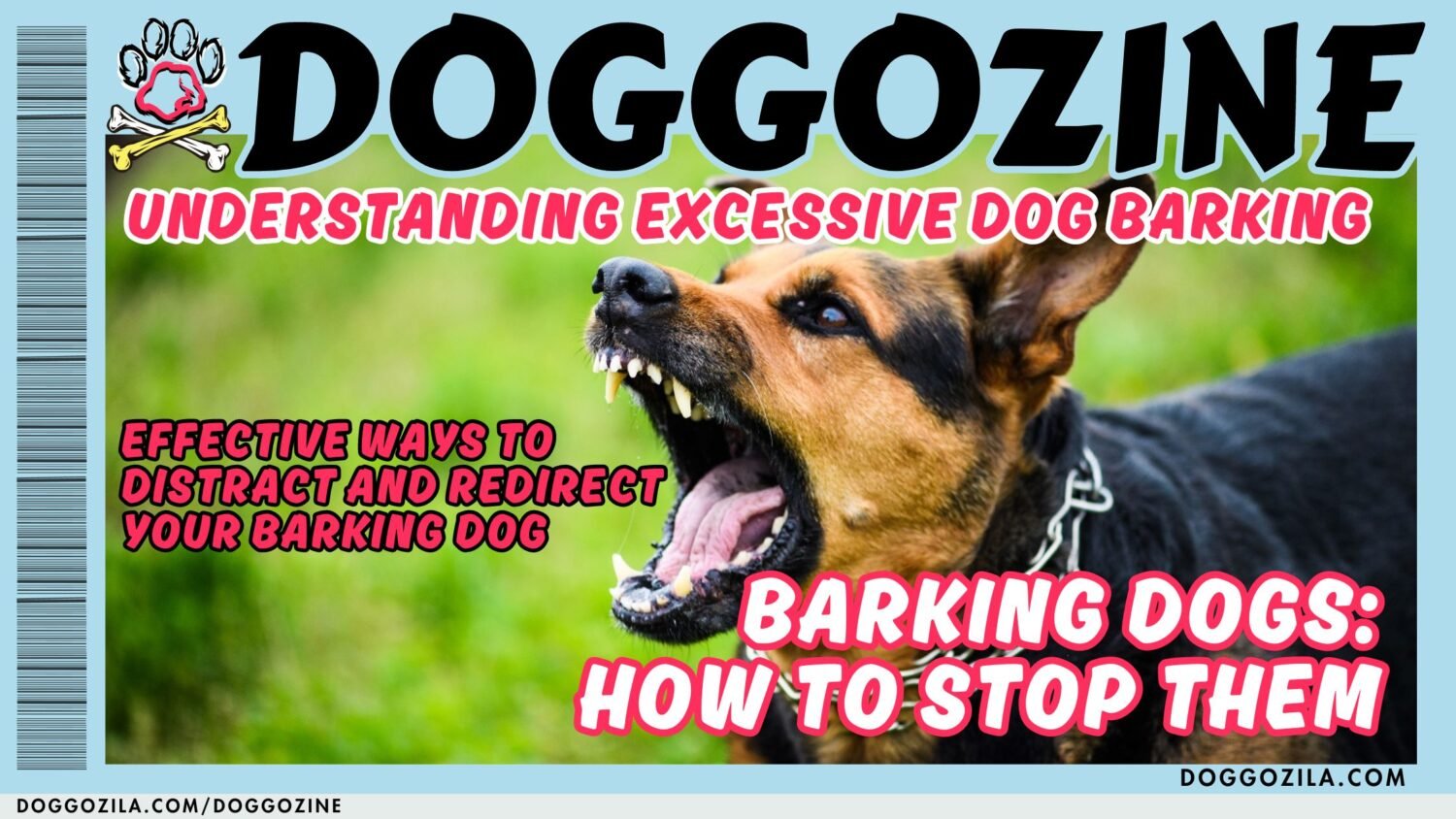In the intricate tapestry of dog communication, there’s a poignant note that often tugs at our hearts—the soft whimper or whine of a dog. This soulful sound has intrigued and puzzled dog owners for generations, prompting us to explore the depths of dog expression. So why do dogs whine or whimper?

EXPLORE THE DEPTHS OF DOG EXPRESSION
This exploration delves into the nuanced world of why dogs whimper or whine, deciphering the meanings behind these vocalizations. From the language of longing to the subtleties of distress, we embark on a journey to understand the various contexts and emotions that prompt our dogs to vocalize in this distinctive manner.
Reasons why do dogs whine
Whimpering or whining is a common behavior exhibited by dogs, especially when they are seeking attention or expressing discomfort. This could serve as a way of communication for them with humans and other animals. When a dog whimpers or whines, it can indicate various emotions or needs. For example, a dog may whimper when they are hungry, in pain, anxious, or even excited. It is essential to observe the context and other accompanying behaviors to understand the underlying cause of the whimpering.
Dogs Whine from Hunger
One of the most common reasons why dogs whimper or whine is because they are hungry. Dogs have a strong instinctual drive to eat, and when they are hungry, they may vocalize their needs through whining. This behavior is often accompanied by other signs such as pacing, licking their lips, or staring at their food bowl. If your dog is whining due to hunger, it is important to provide them with regular and balanced meals. Establishing a feeding schedule and sticking to it can help reduce their whining behavior. Additionally, ensuring that they have access to fresh water at all times is also crucial for their well-being.
Dogs Whine from Excitement
While whimpering or whining is often associated with negative emotions or needs, dogs can also vocalize their excitement through these behaviors. When a dog is excited, their body language may include a wagging tail, jumping, and even vocalizations such as whining or whimpering. If your dog is whining due to excitement, it is important to redirect their energy in a positive way. Engaging in interactive play, providing mental stimulation through puzzle toys, or incorporating regular exercise into their routine can help channel their excitement and reduce their whining behavior.
Dogs Do Whine to Communicate
Whimpering or whining is a natural behavior for dogs and serves as a means of communication. Understanding the various reasons why dogs whimper or whine can help pet owners address their needs and provide appropriate care. Whether it is hunger, pain, anxiety, excitement, or a desire for attention, it is important to observe the context and accompanying behaviors to determine the underlying cause and take necessary action.

UNRAVELING THE MYSTERIES OF DOG WHIMPERING AND WHINING
Dogs, being highly emotional beings, often communicate their feelings through vocalizations. Whimpering and whining serve as emotional outlets, conveying joy, excitement, or even sadness.
The Melody of Dog Emotion
Dogs, as emotive creatures, use a diverse range of vocalizations to express their feelings. Whimpering and whining, often misunderstood, are key components of dog’s emotional expression. Whether it’s the exuberant joy of seeing a familiar face, the anticipation of a favorite activity, or the poignant sadness of missing a loved one, dogs employ these vocalizations as a nuanced language.
Puppies, in particular, use whining as a tool for communication. Be sure that you understand the reasons behind puppy whining, from seeking attention to expressing basic needs. Puppy-hood is a time of exploration and learning, and whining is a puppy’s way of navigating this new world. From the early days of yearning for the comfort of their mother to the playful whimpers during social interactions with litter-mates, understanding puppy whining is crucial for fostering a secure and happy family companion.
Dogs Longing for Attention
Another common reason why dogs whimper or whine is to seek attention from their owners or other individuals. Dogs are social animals and rely on human interaction for companionship and stimulation. When they feel lonely or neglected, they may resort to whining to gain attention. If your dog is whining for attention, it is important to provide them with regular social interaction and engage in activities that strengthen the bond between you and your pet. This can include daily walks, training sessions, or simply spending quality time together.
It is important to reinforce positive behaviors and avoid rewarding their whining with attention, as this can encourage the behavior. One of the primary reasons behind dog whimpering is the desire for attention. Dogs are social beings, and their desire for human interaction is profound. Whimpering, in many instances, is a deliberate plea for attention. It’s a dog strategy to draw their human counterparts closer, engaging them in activities or simply reveling in the joy of companionship.
Understand the emotional underpinnings and discover strategies to alleviate distress. For dogs, being alone can be a source of distress, and whining becomes an audible manifestation of this unease. Whether it’s the result of a brief separation or a more prolonged period of loneliness, understanding the nuances of separation anxiety is crucial for creating a supportive environment for our four-legged friends.
Dogs Physical Discomfort
Dogs may also whimper or whine when they are in pain or discomfort. This can be due to various reasons such as an injury, illness, or even a chronic condition. It is important to pay attention to any changes in your dog’s behavior, such as limping, reluctance to move, or sensitivity to touch. If you suspect that your dog is in pain, it is crucial to consult with a veterinarian. They will be able to assess your dog’s condition and provide appropriate treatment or medication to alleviate their discomfort.
It is important not to ignore your dog’s whining when it is related to pain, as it could be a sign of a more serious underlying issue. Dogs, unable to verbalize pain in the way humans do, often resort to whimpering. A dog in pain communicates through a language of discomfort, and whimpering is a significant part of this communication. Understanding the signs of pain-related whimpering is essential for prompt intervention and ensuring the well-being of our dogs.

HEALTH FACTORS FOR DOG WHINING
Specific health issues, such as dental problems, can contribute to whimpering. Be aware of the links between oral discomfort and this expressive form of communication. Dental health plays a pivotal role in a dog’s overall well-being. Whimpering, especially during meals or when attempting to chew on toys, can be indicative of dental issues.
Oral Health and Whining
Exploring the connection between oral health and whimpering sheds light on the importance of regular dental care for dogs. Digestive issues may lead to whining and whimpering, be aware of the importance of dietary considerations and gastrointestinal health. A dog’s digestive system is sensitive, and any disruptions can lead to discomfort and distress. Whining, in this context, becomes a form of communication about internal discomfort. Unraveling the complexities of digestive distress and its relationship with whimpering guides dog owners in providing appropriate dietary care.
Dogs Anxious Whimpering
Anxiety, a prevalent emotion in dogs, can find its voice through whimpering. Dogs, like humans, experience anxiety, and they express it through a variety of behaviors, including whimpering. Identifying the sources of anxiety, whether it’s triggered by specific situations or environmental factors, enables dog owners to implement strategies that create a more secure and calming environment. Certain situations evoke fear in dogs, prompting whining as an expression of their unease.
Learn to identify fear-induced whining and strategies for creating a more secure environment. Fear is a powerful emotion, and understanding how dogs express fear through vocalizations is key to providing reassurance and support. Whether it’s loud noises, unfamiliar environments, or encounters with new people or animals, fear-induced whining is a call for comfort and protection. Whimpering or whining can also be a manifestation of anxiety or fear in dogs. Dogs are social animals and can become anxious or fearful in certain situations or environments.
Common triggers for anxiety or fear in dogs include thunderstorms, fireworks, separation from their owners, or unfamiliar surroundings. If your dog is whining due to anxiety or fear, it is important to create a safe and comforting environment for them. Providing a designated space where they can retreat to, using calming aids such as pheromone diffusers or anxiety wraps, and gradually desensitizing them to their triggers can help reduce their whining behavior.

COMMUNICATION BETWEEN DOGS
Dogs communicate not only with humans but also with each other. Their social landscape is rich with nuanced communication, and whimpering serves as a significant element in this dialogue.
Understanding submissive whining
From establishing hierarchy to expressing submission or excitement, dogs use whining as a form of social communication that extends beyond interactions with humans. In the context of dog-to-dog communication, submissive whining conveys deference and respect.
In the world of dogs, hierarchical structures are established through a sophisticated language that includes submissive whining. Understanding the nuances of submissive whining enhances our comprehension of dogs social dynamics, fostering harmonious interactions between dogs and reinforcing positive social bonds.
Managing Attention-Seeking Behaviors in Dogs
For dog owners facing challenges with attention-seeking whining, positive reinforcement techniques offer effective solutions. Addressing attention-seeking behaviors requires a strategic approach, and positive reinforcement is a powerful tool in shaping a dog behavior. By rewarding desirable behavior, dog owners can redirect their pets’ focus, creating a positive association that diminishes attention-seeking whining.
Establishing clear boundaries is crucial in addressing attention-seeking behaviors. Dogs thrive on routine and structure, and setting clear boundaries is instrumental in curbing attention-seeking behaviors. This section provides practical insights into establishing consistent rules and expectations, creating an environment where dogs feel secure and understand the parameters of acceptable behavior.
Recognize the contexts Why Dogs Whine or Whimper
The multifaceted nature of dog whimpering and whining unveils a spectrum of emotions and needs. Recognizing the various contexts in which dogs vocalize helps build stronger bonds and enhances the well-being of our beloved pets. By acknowledging the diverse reasons behind whimpering and whining, we create an environment that addresses the unique needs and emotions of our furry friends.
Brief sum up on why do dogs whine
Understanding the language of dog vocalizations goes beyond mere interpretation—it fosters a deeper connection between dogs and their human companions. Encouraging all dog owners to foster a deeper understanding of their dogs expressions by paying attention to the nuances of vocal communication. Building a strong and communicative bond with dogs requires active participation and attentive listening. Dog owners should always invest time in observing and understanding their pets’ vocalizations as that will fosters a relationship built on trust and mutual understanding.
We recommend to continue exploring the dog communication topics and read more about it at Wiki Pages!












